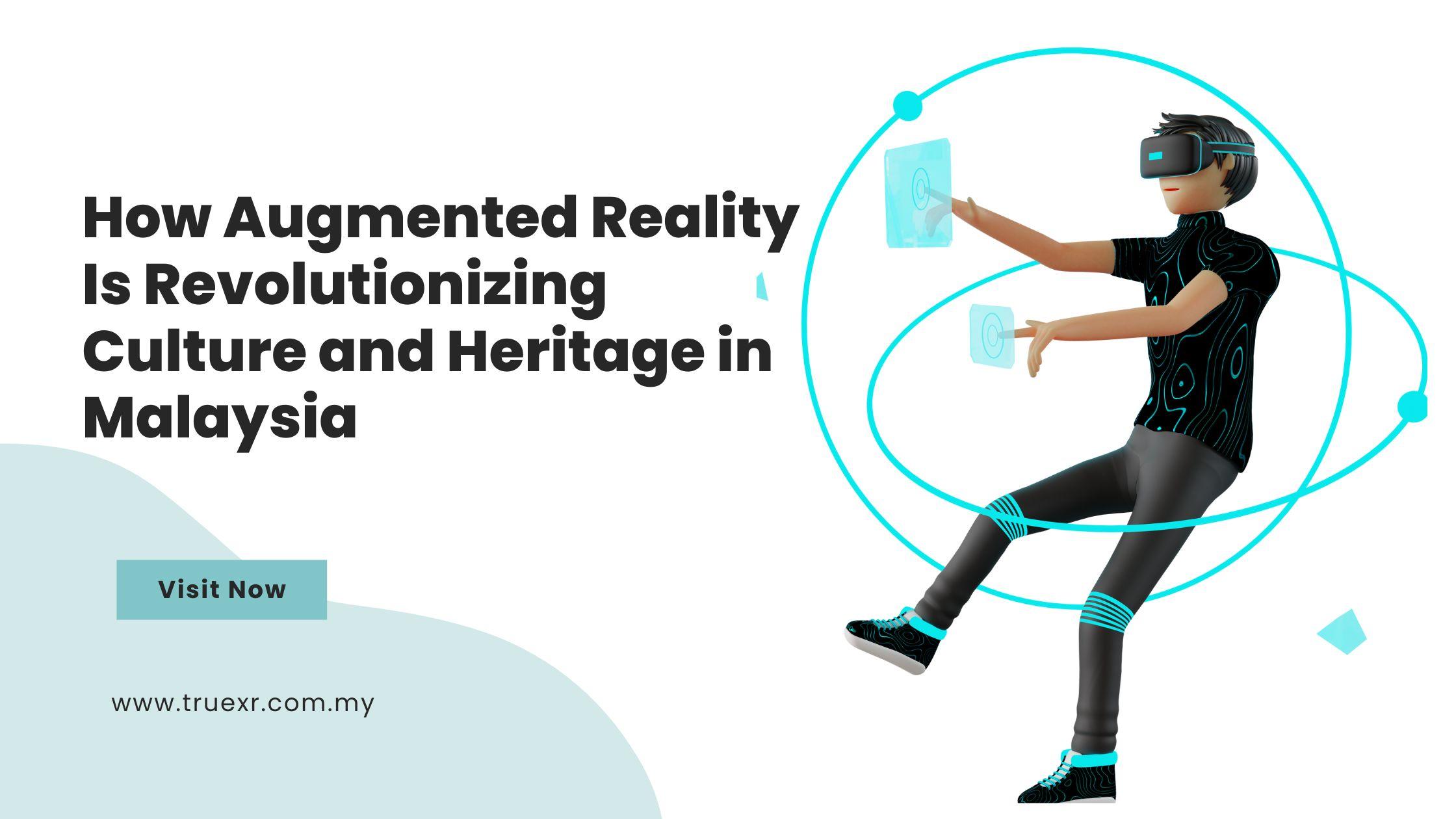How Augmented Reality Is Revolutionizing Culture and Heritage in Malaysia
How Augmented Reality Is Revolutionizing Culture and Heritage in Malaysia
Blog Article

In recent years, the intersection between technology and tradition has given birth to a powerful new movement in heritage preservation and cultural education. In Malaysia, where rich multicultural history spans centuries, augmented reality (AR) is now playing a significant role in how we experience, preserve, and interact with the nation’s legacy. The rise of AR culture and heritage Malaysia projects is more than just a tech trend—it’s a meaningful way to keep tradition alive in the digital age.
Let’s dive into how augmented reality is changing the cultural landscape of Malaysia, one immersive experience at a time.
What Is Augmented Reality?
Augmented reality (AR) is a technology that overlays digital content—such as 3D models, animations, audio, or text—onto the real world through devices like smartphones, tablets, or AR glasses. Unlike virtual reality, which creates a fully digital environment, AR enhances your view of the real world with interactive elements.
In the context of culture and heritage, AR becomes a storytelling tool. It helps bring ancient artifacts, historic sites, and cultural practices to life in ways that are engaging, educational, and accessible to a broader audience.
The Growing Role of AR in Malaysia’s Cultural Scene
Malaysia is home to a diverse mix of ethnic groups, each contributing unique customs, languages, and heritage. Preserving this richness is no small task—especially in an era where younger generations may feel disconnected from traditional roots.
That’s where AR steps in.
The adoption of AR culture and heritage Malaysia initiatives is being seen across museums, historical landmarks, festivals, and even street art. With AR, cultural storytelling becomes dynamic rather than static. Instead of simply reading a plaque or looking at a still photo, visitors can now see animated historical reenactments, hear traditional music, or explore 3D models of long-lost structures through their phone screens.
How AR Is Revolutionizing Culture and Heritage in Malaysia
- Reimagining Museum Experiences
Traditional museums often struggle to capture the attention of younger visitors. AR changes that by transforming exhibits into interactive journeys. Imagine pointing your phone at an ancient Malay dagger and seeing a warrior demonstrate how it was used, or scanning a batik pattern to watch the traditional dyeing process unfold.
These immersive experiences not only educate but also make cultural artifacts feel relevant and alive.
- Bringing Historical Sites to Life
Many historical buildings in Malaysia have suffered from wear and neglect. AR allows visitors to visualize what these sites looked like in their prime. For example, an old colonial building in Penang or a kampung house in Melaka can be digitally restored on-screen, complete with narrations, historical facts, and ambient soundscapes from the past.
This helps preserve national identity, even when physical preservation isn't possible.
- Reviving Traditional Arts and Crafts
Malaysia’s cultural heritage includes delicate art forms like wayang kulit (shadow puppetry), traditional dance, silat, and gamelan music. With AR, these traditions can be taught, performed, and shared without the need for a physical stage.
Users can access tutorials, view 3D performances, or interact with virtual instruments—perfect for both education and cultural outreach.
- Making Culture Accessible to All
One of the most powerful impacts of AR is accessibility. Not everyone can travel to national landmarks or attend cultural festivals, but with a phone and internet connection, AR experiences can reach people in urban apartments, rural schools, or even across the globe.
This makes AR culture and heritage Malaysia content especially valuable for educational institutions, digital tourism, and cultural exports.
- Enhancing Tourism with Cultural Depth
Tourism is a major part of Malaysia’s economy. AR adds another layer to the travel experience by providing deeper context and engagement. For instance, scanning a QR code at a heritage site could trigger a full virtual tour with historical narratives, folklore, or reenactments of key events.
This enriches the visitor experience and promotes cultural understanding beyond surface-level sightseeing.
Challenges and Opportunities Ahead
While the benefits of AR are clear, challenges remain. Developing high-quality AR content requires time, funding, and collaboration between tech experts and cultural authorities. Additionally, not everyone is equipped with AR-ready devices or has the digital literacy to navigate these experiences.
However, the opportunity is massive. As Malaysia continues to modernize, AR offers a way to balance progress with preservation—allowing culture and technology to grow hand in hand.
Final Thoughts
The rise of AR culture and heritage Malaysia initiatives marks a pivotal shift in how we honor and share our collective past. It blends the old with the new, offering a fresh, engaging, and interactive path to understanding Malaysia’s diverse heritage.
Whether you’re a student, traveler, educator, or simply curious about your roots, AR is opening doors to stories that were once buried in books or behind glass. And as this technology becomes more widespread, the potential for cultural education and preservation is limitless.
In a world where tradition risks being forgotten, AR helps ensure that Malaysia’s rich heritage not only survives—but thrives. Report this page